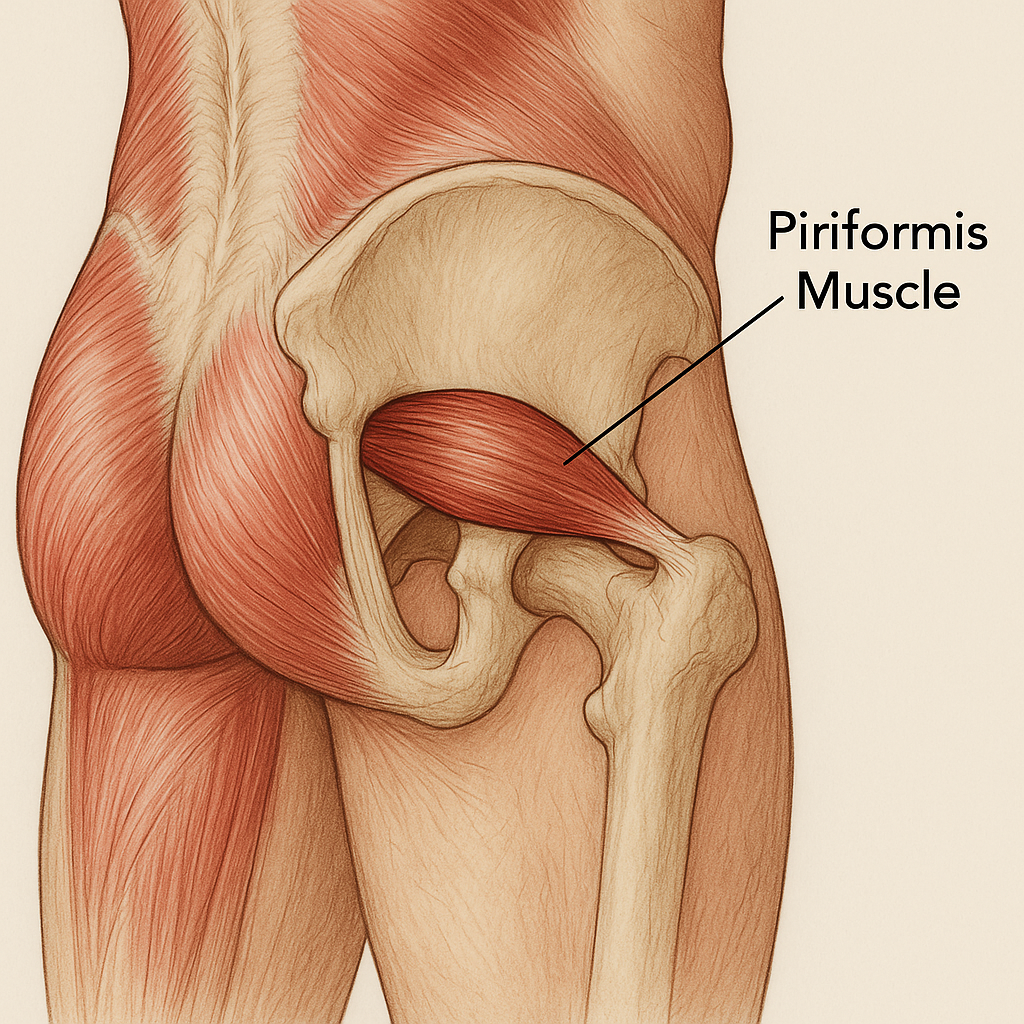Healing Piriformis Syndrome: What Really Helped
If you’ve ever experienced the stubborn discomfort of piriformis syndrome, you know how it can throw a wrench in your daily activities. From struggling to sit comfortably to feeling tense while walking, it can be a real challenge. After an injury from pulling and twisting I was left in uncomfortable pain. I quickly decided to seek professional help, and I’m so glad I did!
My chiropractor wasted no time in making adjustments. With some recommended medical management, we started to calm the initial inflammation that was causing so much distress.
Physical therapy pinpointed the root causes: a tight piriformis muscle, weak glute stabilizers, and, of course, those long stretches of sitting we all seem to fall into. Once I began physical therapy, things really started to shift. I learned proper movement patterns and how to target specific muscles to build strength. Plus, dry needling was a game-changer! It helped release those deep trigger points that were radiating discomfort throughout my body. Even with these sessions providing noticeable relief, it was the integration of some at-home techniques that truly accelerated my progress.
One of the best additions to my routine has been red light therapy. Using light in the 660–850 nm range directly over my glute and outer hip has worked wonders. It helped decrease inflammation, support tissue repair, and — my personal favorite — relax the piriformis muscle before stretching. The gentle warmth it provides makes mobility work feel much smoother and less painful. After the red light sessions, I started using a vibration plate for about 2–5 minutes at low frequencies (10–20 Hz). Let me tell you, it made a noticeable difference! The vibration activated glute muscles, improved circulation, and eased that annoying gripping tightness that often accompanies piriformis irritation.
The combination of professional treatment and thoughtful home care has led to remarkable and lasting improvements. Chiropractic adjustments restored my alignment, medical management helped reduce inflammation, physical therapy rebuilt my strength and mobility, and dry needling melted away that stubborn tightness. By layering in red light therapy and vibration plate work between appointments, I’ve been able to keep my progress consistent and prevent that pesky pain cycle from creeping back.
While piriformis syndrome can be persistent, I’ve learned that with the right blend of clinical support and at-home wellness tools, healing isn’t just possible—it’s also predictable. If you’re struggling with similar issues, explore these options! You might find the relief you’ve been searching for, just like I did.
Disclaimer
This post is for educational purposes only and is not medical advice. Please consult your licensed healthcare provider for personalized guidance.
📚 References
Chow, R. T., Johnson, M. I., Lopes-Martins, R. A. B., & Bjordal, J. M. (2009). Efficacy of low-level laser therapy in the management of acute and chronic pain. The Lancet.
Paolillo, F. R., et al. (2020). Photobiomodulation therapy (PBMT) for musculoskeletal pain. Journal of Photochemistry and Photobiology.
Cochrane Review. (2017). Whole-body vibration training for muscle activation and strength.
Boyajian-O'Neill, L. A., et al. (2008). Diagnosis and management of piriformis syndrome. The Journal of the American Osteopathic Association.
Cagnie, B., et al. (2015). Dry needling and its effect on trigger points and muscle pain. Pain Medicine.
Hopayian, K., & Danielyan, A. (2018). Physical therapy interventions for piriformis syndrome. Systematic Review, Musculoskeletal Science & Practice.

